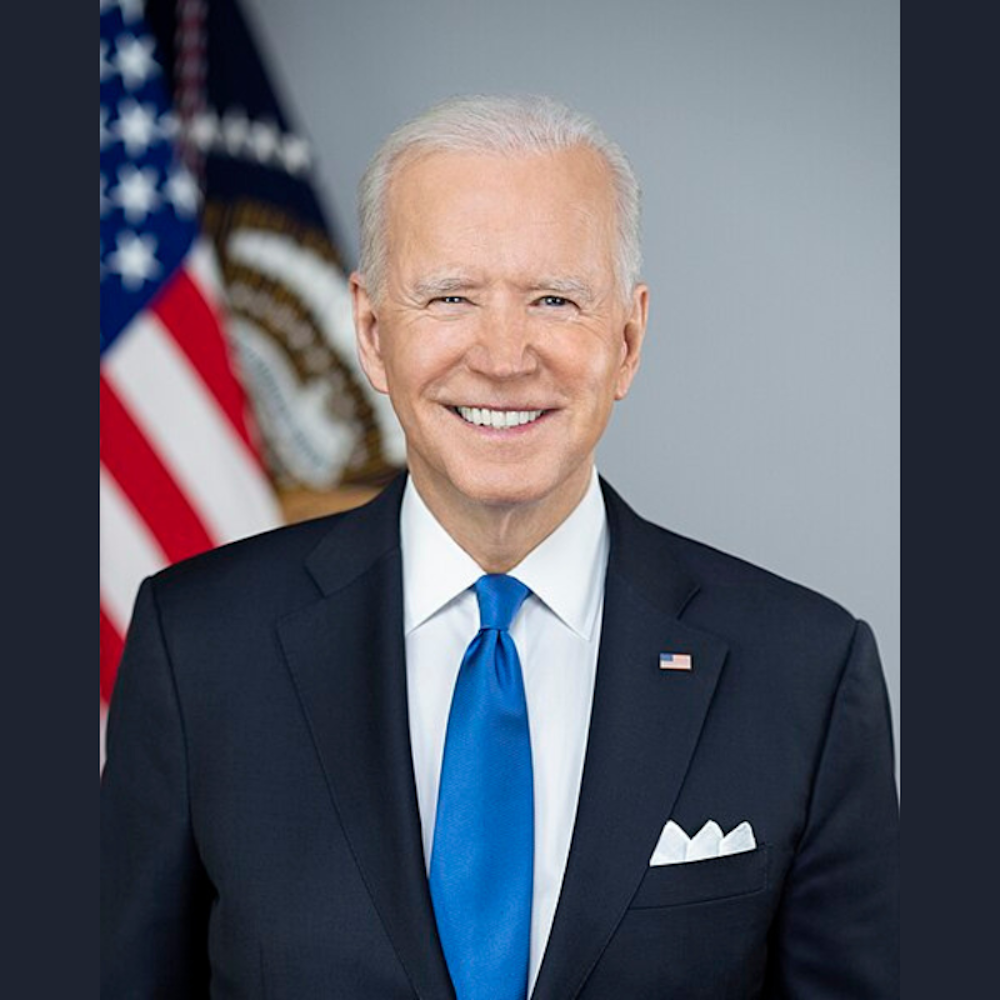
Seattle developers better get their checkbooks ready. The latest updates from the city's building department have just dropped new numbers they'll need to work with. According to Seattle's Building Connections blog, the city has updated their Mandatory Housing Affordability (MHA) payment calculations, which means adjustments in the development costs for building projects around town. The new Tip 257, specifically gears up developers with the current stats they'll need to meet affordability requirements in Seattle's neighborhoods.
Tip 258 was also given a facelift. This piece of guidance, which zones in on Developer Contributions through Incentive Zoning, now aligns with the fresh MHA calculation standards. Real estate moguls and up-and-coming developers alike will find these updated instructions pivotal when planning their contributions to city zoning initiatives. These payments are part of a larger framework intended to bolster affordable housing stocks in Seatlle's increasingly expensive landscape.
For the uninitiated, MHA is a program that requires real estate developers to contribute to affordable housing, either by including affordable units in their buildings or by providing a payment to the city. It's Seattle's way of ensuring development bucks play a role in solving the housing crisis. A move that echoes similar struggles and responses cropping across major urban centers worldwide as affordability becomes a hot-button issue.
With housing prices continuing to soar, Seattle's not shy about tapping developers for help. But what does that really mean for the average Joe? For starters, this amounts to a greater number of affordable units theoretically available to lower-income families. But the proof, as always, will be in the pudding—or rather, in the upcoming construction developments. Immediate reactions from the industry have been restrained, as builders and financiers crunch the updated numbers to gauge impacts on their bottom line—and potentially, on the skyline of Seattle itself.









